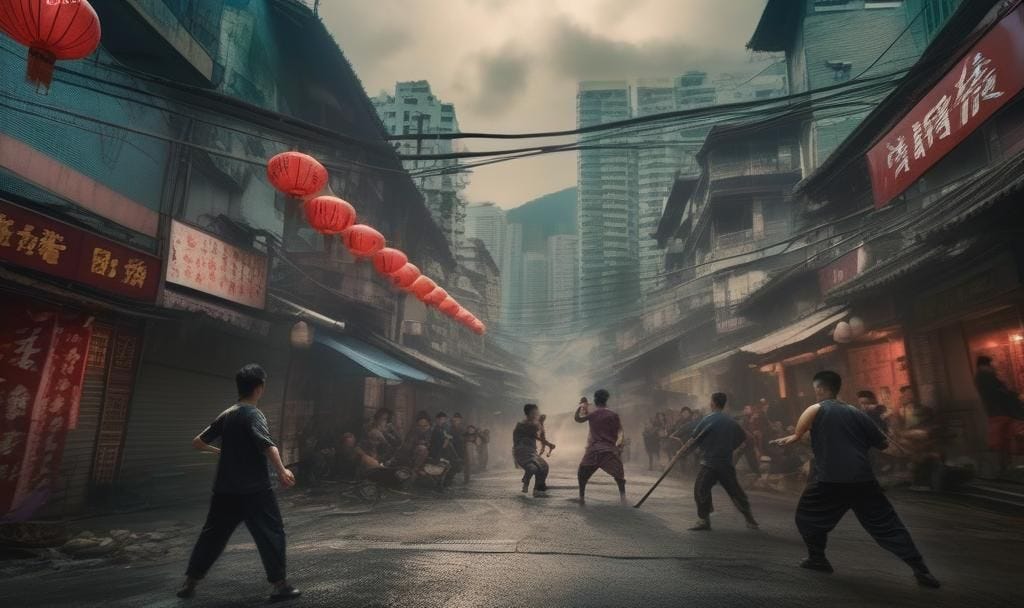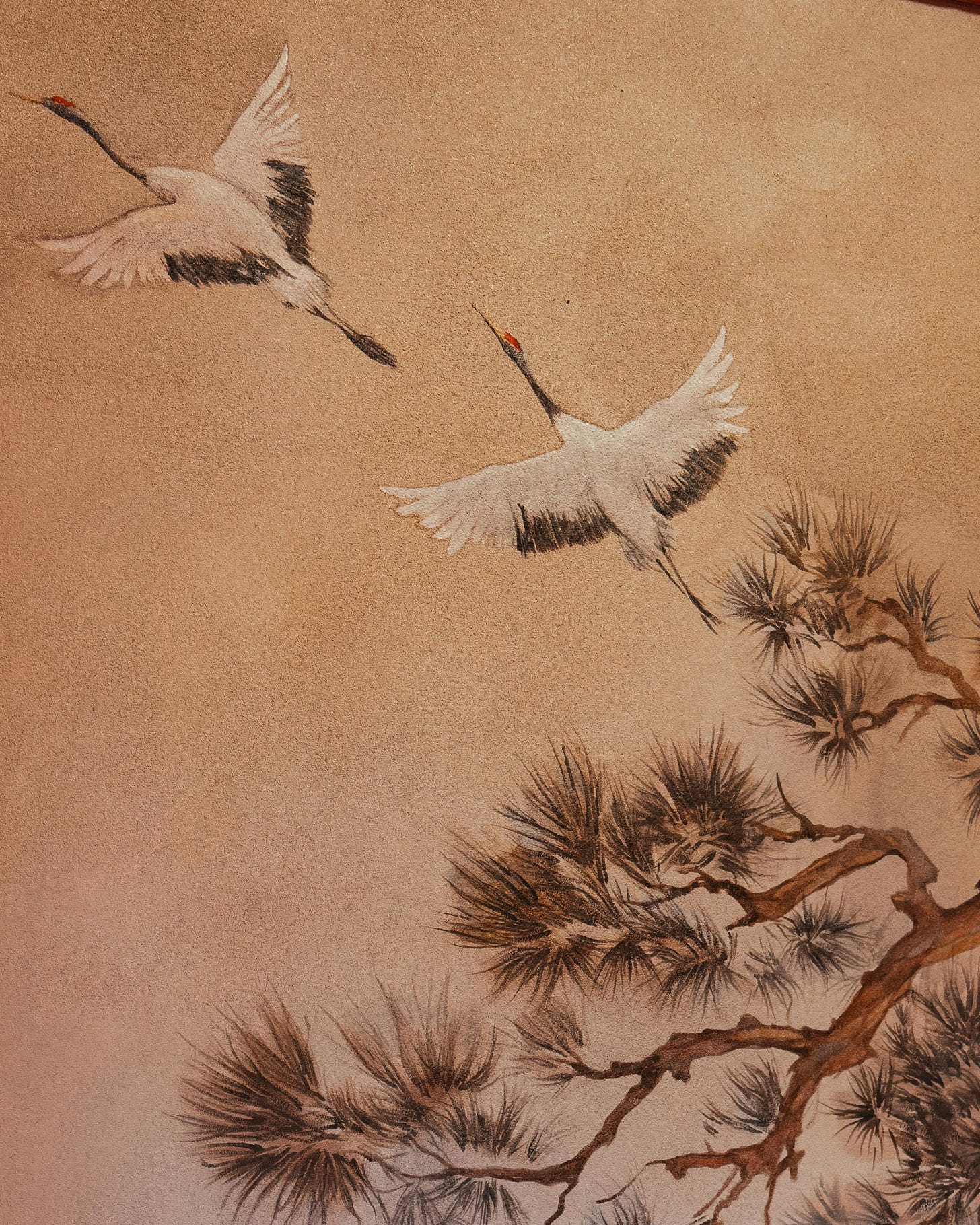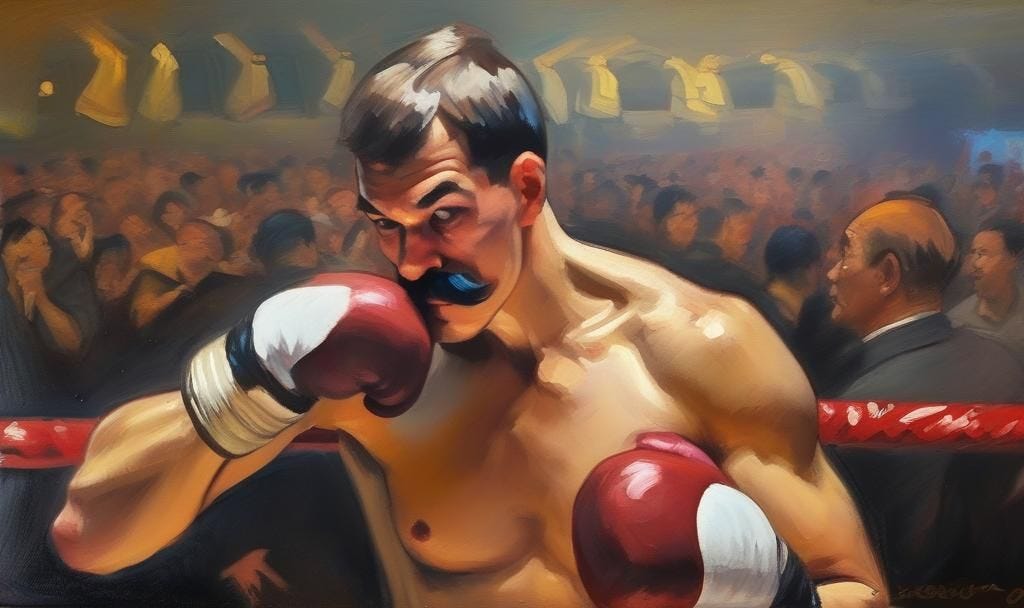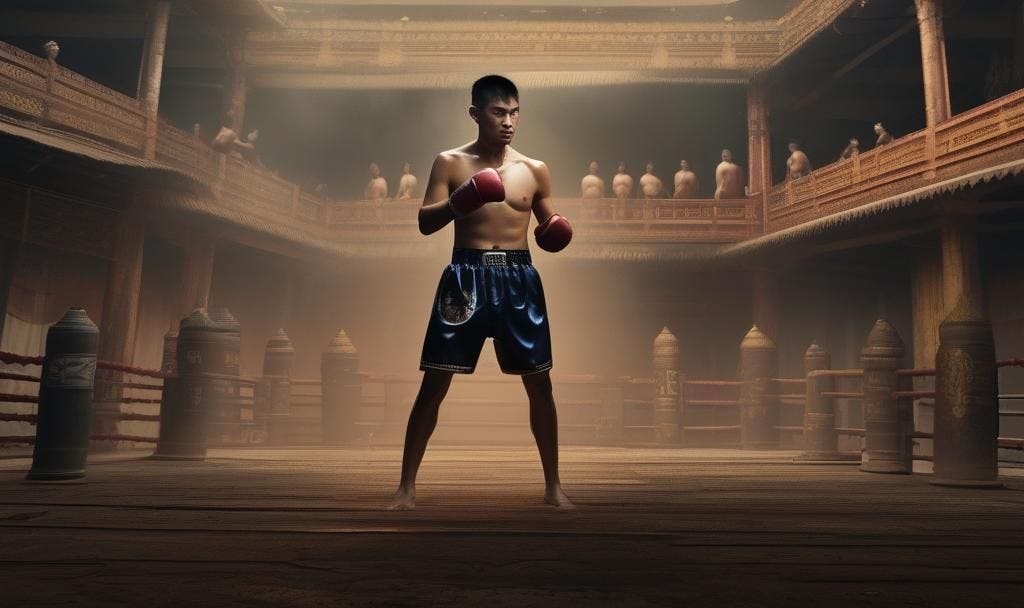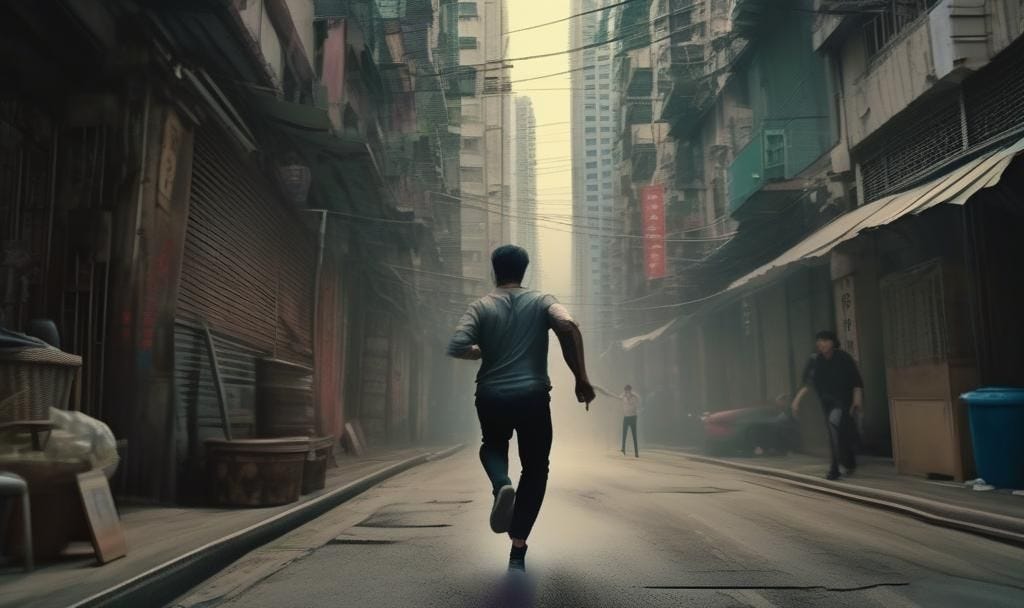The Hands do the Talking
Part 2 of this look at Wong Shun Leung, the legendary Wing Chun fighter
My conversation with the Wing Chun exponent and student of Wong Shun Leung continued. As my dinning companion, the elderly Wing Chun practitioner, spoke about the 70's and his beloved sifu, it seemed to ignite a youthful spark in him.
Generously, he shared many recollections about that era, so much so that I feared his noodles with steamed vegetables were now cold but the anecdotes kept coming.
On resilience:
We discussed what Wong taught his students on handling fear. It seems his approach here- an old school one, was really to just encourage his students to train hard, as he had done.
The fundamental idea being that the different forms, the devotion to chi sau, the striking exercises, partner drills and weapons work were all part of building resilience.
Wong was naturally a tough man, who had a robust temperament. He was brave and equipped with a street fighter's pugilistic readiness to face trouble.
One must also understand, in those days, perhaps the more psychological, emotional components were not so openly discussed. In the East, students would often train without asking too many questions.
Cultivation:
Our discussion went onto internal energy cultivation methods. It seems Wong did develop some internally generated capabilities, through his dedication to the Wing Chun forms and sensitivity exercises.
I'm told of an anecdote, where a strongman was in the school's vicinity and Wong, on discovering this, challenged the strongman to try and lift him up, or move him.
The strongman had apparently demonstrated how he could partly lift or raise up a car; but failed to move the Kung Fu man. This is not something mystical; Wong probably had a good understanding of relaxation, rooting and how to lower his centre of gravity, or how to hook his feet.
It was interesting to note that his father was a doctor of Chinese medicine. Wong, therefore, must have had some understanding of energy flow, healing herbs and other health practises.
It was stated though that he was not a practitioner of Chi Kung or Nei Gong and didn't seem to have so much interest in the health aspects.
The deeper internal practises of Nei Gong, along with the exercises within the Taoist arts or other traditions, do have a great deal to offer.
Taoist masters often live to extremely senior ages and keep very functional, with their movement and mobility. I note the power generation, bone density and other capabilities of such teachers.
Also, I encountered teachers who practised old Shaolin internal exercises, who also had that something special- that understanding that ran a bit deeper.
Anyway, Wong was devoted to being a skilled Wing Chun fighter; that was his key focus and he worked from that perspective.
Seize an opening:
One of the intriguing exchanges I'd heard about, was when Wong was challenged by a much bigger Russian boxing champion.
This was certainly not an easy match for Wong, given the power of the Russian. My friend knows all about this exchange and shared what Wong told him.
In this bout, Wong was trying to figure out how to adapt to the size and heavy hits of the Russian. Apparently, at some point, the boxer sent Wong into a wall.
At this point, the Kung Fu man saw an opening, below the boxer's high guard and delivered a short range punch to the solar plexus, which really jolted the boxer.
This won or helped Wong win the fight. Sometimes, you just need an opening.
Listening to Wong's bouts, it made me recall an unexpected challenge match when I was 20 and studying for my Ju Jitsu black belt, where I got unintentionally drawn into a skirmish, with a giant of a man, who stood over 6ft 6 and weighed over 20 stone.
He was a bouncer and street fighter. I was still a rather fresh faced martial artist.
Anyway, closing in at speed and with some deception, the mountain managed to slam dunk me into the ground, with a side headlock and throw. Landing on top position, he then pinned me down.
Luckily, fortune often favours the optimist and an opening came, when I managed to slip from underneath him to his back, applying a rear choke, causing the giant to tap out. Again, sometimes, we have to see what the moment presents and seize the opening.
The impression one gets, from these accounts of Wong's duels, is that, even with all his skills, when up against the unexpected, Wong, like all of us who study the arts, didn't always have a direct solution, or know the way forward. He had to adapt. Probably the same is true in life.
In multiple attack scenarios:
The roof top challenge matches could involve fighters getting seriously hurt, but they were still one on one. Some did take place, behind close doors but in many cases, most likely there was some kind of code in place....some kind.
However, Wong had also experienced street encounters, against gangs and other elements of Hong Kong's more pugnacious populace . For him, Wing Chun was not a ring art.
My dining companion even acknowledged that for the ring, Thai Boxing may hold up better. This has certainly been the case in modern times. I’ve also encountered Thai fighters and boxers who were very handy, in terms of street survival.
Back to the restaurant, the polite Chinese gentleman, who had also taught the art of his master, pointed out that Wong's expression of Wing Chun, despite him being successful in over 60 challenge matches or more, was for surviving a street fight.
He mentioned a quote by Wong. Something about if you make the decision to be a fighter ; you better also know how to run. (Meaning run away).
What resonated with me, was when my friend mentioned Wong's strategies, for better handling a multiple attack scenario.
He talked about angling, redirection to utilise the opponents as obstacles, and foot work. I even heard how Wong, who as mentioned, would train slowly on the wooden dummy, also used it, to practise footwork and flanking around an opponent.
Different Times:
With all this talk of challenges and street altercations, one might question the ethos of these practitioners. What about the path to inner peace? What about non aggression? In Tri-Tier, don't you talk about awareness and avoiding the confrontation? Fair questions indeed.
A lot depends on one's environment, culture, and objectives. Please appreciate that these were different times. Wong started training Bruce Lee, in the mid 50's.
Apparently, he did also stop competing in these intense challenge matches, after seriously hurting an opponent. The arts have always been something of a paradox and each practitioner or master has there own road and own journey- hopefully towards harmony. Sometimes, this can take a lifetime.
Aran
About the author
Based in London, Aran Dharmeratnam is the founder of Tri-Tier. He specialises in personal safety and resilience training, often working with high-profile figures and their families. With experience in various areas of the security sector, Aran also works with global security companies involved in private investigations and strategic intelligence. He’s been deployed on the ground, in numerous cases. Aran’s insights have appeared in The Financial Times, The Spectator, Aviation Security International, and Security Management Today.
For consultations or training contact: office@tri-tier.com





